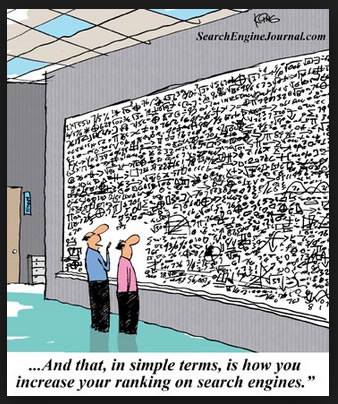Effective Use of Professional Directory Listings
Many of us are obliged by law, or professional norms, to be a member of certain associations and bodies. The majority of these organisations serve a vital and important role in regulating standards, educating members, providing networking opportunities and accreditation.
One of the most important roles of the controlling body in my opinion is to serve as a point of reference for the general public to provide information of interest and the assurance of high standards within that profession. Another important service many provide is the listing of their members on a central database which can be accessed by the public. Some of these directory listings are quite basic, others very detailed, some organisations charge for a listing, others don't.
On some directories, members can upload and update their own information, on others an administrator handles this task. I have come across directories that include photographs, maps and direct links to members' telephone numbers, emails and website addresses.
Using directories in the past
When online directories started, members would have enjoyed very good response rates from these. This is primarily due to two reasons:
1. Lack of competition of individual members' websites, and
2. Search results on Google were traditionally confined to only websites. Now video, pictures, facebook, youtube , LinkedIn etc all compete for that 1st page spot on Google! Quite a crowded highway!
In the same vein, directories do still enjoy a good ranking on search engines as the websites they are hosted on are typically very rich in content. They are well-established with thousands of incoming links - all things the search engines feed off and wallow in.
How best to use directories today
In my opinion directories still serve a valuable role, if used correctly. In the past we may have found a company on the yellow pages or phone book and then requested a brochure from them. It still pretty much works this way actually, but instead of using a phonebook we may find a supplier on a directory. Once found, we would look for a website where we would hopefully gain the information we need to make a decision to contact that service provider.
A simple review of all the associations you are part of and what your directory listing may look like could surprise you. On a daily basis I encounter directory listings that are incorrect and feature bad email or telephone number information. A guaranteed way to turn a potential client off would be to have incorrect contact details on your profile!
So without delay:
Review all your memberships - you may not be aware if and how your details are listed.
Check your listings, test the email and website links - if something doesn't work, fix it!
Remember - a directory listing may not be enough. Your clients want to find out more about you than the directory can supply.
Simple steps which may have a very positive impact on your practice!
 Sidebar Menu
Sidebar Menu







